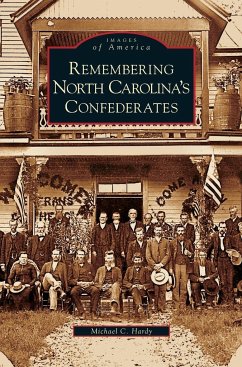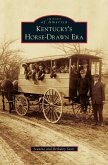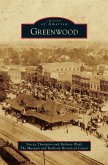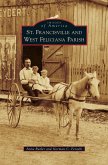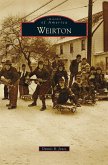The American Civil War was scarcely over when a group of ladies met in Raleigh and began to plan commemoration for the honored Confederate dead of North Carolina. In 1867, they held their first memorial service. Two years later in Fayetteville, the first monument to the state's fallen Confederate soldiers was erected. Over the next 14 decades, countless monuments were commissioned in cemeteries and courthouse squares across the state. Following Reconstruction, the veterans themselves began to gather in their local communities, and state and national reunions were held. For many of the Confederate veterans, honor for their previous service continued long after their deaths: accounts of their sacrifice were often chiseled on their grave markers. The images within this book--photographs of veterans and reunions, monuments, and tombstones--are but a sampling of the many ways that the old Confederate soldiers are commemorated across the Old North State.
Hinweis: Dieser Artikel kann nur an eine deutsche Lieferadresse ausgeliefert werden.
Hinweis: Dieser Artikel kann nur an eine deutsche Lieferadresse ausgeliefert werden.

